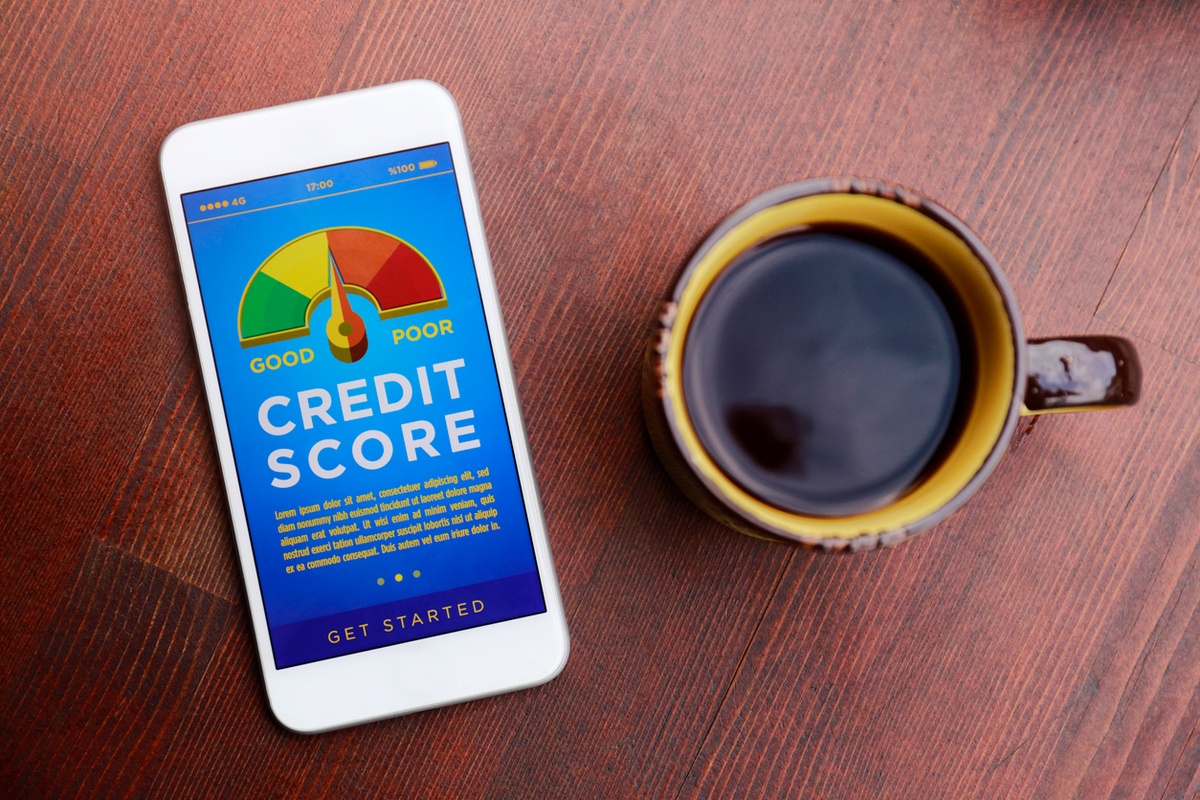Heard the term ‘cash advance’ but not exactly sure what that means? Look no further, because we’ve covered all you need to know.
If you’ve applied for a credit card in the past, you’ve probably stumbled across the term ‘cash advance’ during the application process. And if your hand was hovering over the ‘yes’ or ‘no’ option without really knowing what’s what, then it’s a good idea to read up on the pros and cons before you decide.
What are they?
Simply put, a cash advance allows you to borrow cash from your credit card account by withdrawing it in the flesh – a bit like how you’d use a debit card. You can typically withdraw up to your credit limit, but this will vary from lender to lender.
How do they work?
It might seem similar to using a debit card at an ATM, but behind the scenes, it’s a different story. When you use a debit card, the money is taken from your account immediately and, if you don’t have enough in your account, your transaction will be declined.
A cash advance, however, will just show up as a charge on your account. Similar to a short-term loan, you’ll be able to borrow the money quickly but you’ll have to cough up fees and charges.
Advantages of cash advances
As outlined above, the main advantage of a cash advance is to receive cash promptly. Here, we’ll take a look into why this could be an advantage to you:
Convenience
In this day and age, most stores and companies will accept credit card payments. However, if you’ve found yourself in a sticky spot where you can only pay in cash – like if you’re in a store that doesn’t accept card payments – a cash advance will allow you to withdraw what you need.
Flexibility
When it comes to credit card payments, there may be restrictions on what you can and can’t pay for. Using your credit card to withdraw cash could open doors for you if a) you can’t afford the total cost and b) you’re unable to pay with a credit card for whatever reason.
Speed
As with a short-term loan, a cash advance could help you borrow money quickly – but it will come at a cost.
Disadvantages of cash advances
So, the main downside of a cash advance is the costs that come with it. Let’s take a look at these costs in more detail, along with other disadvantages:
Fees and charges
Taking out a cash advance can come with a hefty price tag. First up, you could be charged a fee – again, this varies between lenders, but you could be charged around 3-5% of what you take out.
You can also expect to pay a minimum fee amount, which is often around £3. Even if you only withdraw a tenner, you’ll still be charged this fee.
Steep interest payments
Unlike credit card payments – where you can avoid interest if you pay off your balance in full – a cash advance will gain interest from day one, right up until you pay off the balance. So, if you don’t pay it back straight away, you could be faced with some pretty substantial interest charges.
It’s also worth noting that the daily interest rate for cash advances is usually higher than your card’s regular APR, so you could be paying back more than you anticipated.
It can affect your credit history
A cash advance could show up on your credit report, which might be a red flag to some lenders. Plus, taking out lots of your available limit will increase your credit card utilisation, which is a bit of a no-no in the world of credit.
Things to check before you take out a cash advance
If you’re thinking about a cash advance, it could be worth taking these points into consideration:
What are the fees and interest rates?
Check with your bank for the fees and the APR rate (as it’s likely to be higher than your standard rate) and ask yourself if you can afford these costs.
Do I need the cash?
Are you taking out the cash for an essential purchase? If you can do without it, it could be worth taking a step back and saving up instead.
Is there an alternative?
There are more affordable ways of borrowing, so it might be worth checking other options. For example, would family or friends consider lending to you? Or would a personal loan be more suitable for your circumstances?
If you’re looking to withdraw cash to pay off debts, a money transfer card or a balance transfer card might be a better way of doing this.
Disclaimer: We make every effort to ensure content is correct when published. Information on this website doesn't constitute financial advice, and we aren't responsible for the content of any external sites.








